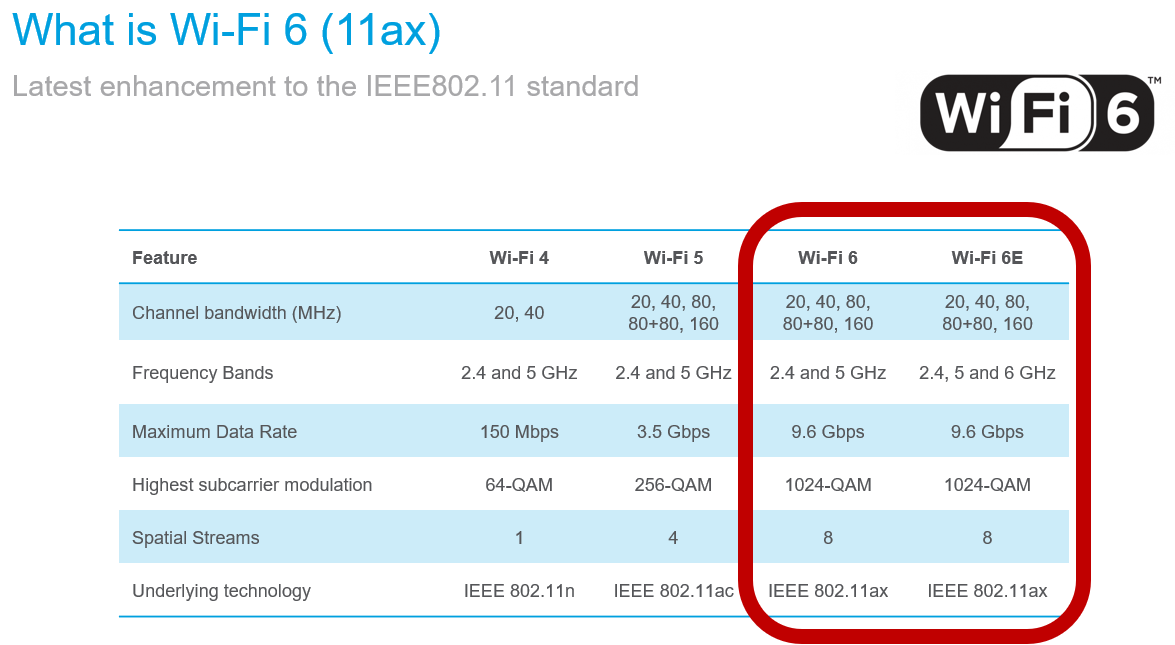
A, B, G, N… 5, and 6.
In 1997, when WiFi was first introduced, it was barely a shadow of what it has become: one of the chief wireless technologies that makes our modern world possible. With roots in cashier systems, with low bit rates, and with nothing remotely resembling today’s power, range, and security, 802.11 began a revolution in wireless that went beyond commercial spaces into the office, then into the home, then into public spaces, until eventually we brought it with us into the sky. The notion that this happened over such a relatively short amount of time speaks to the immense usefulness of WiFi, as well as the wisdom and foresight of the WiFi Alliance in guiding the technology to be interoperable, well-defined, and consistently changing to meet performance and security demands.
Nearly every new major version of the WiFi standard has brought leapfrogging growth in terms of performance, range, or cleverer ways to share spectrum and support the demands of all devices in the network. To dramatically simplify: 802.11b (1999) multiplied link rates by a factor of 5 at 2.4 GHz; 802.11a (also 1999) multiplied rates by a factor of 25 at 5 GHz. Four years later, 802.11g brought that same link rate to 2.4 GHz. 802.11n harmonized 2.4 and 5 GHz into a single standard and brought the maximum link rate up to 300 times what WiFi delivered in 1997. Over this whole time, WiFi has gone from delivering 2 Mbit/s to 9608 Mbit/s today, an increase of 480,000%.
And it’s not just link rates. At every step of the development of WiFi, it has incorporated new mechanisms and features that address the emerging problems and concerns facing individuals and organizations. Allowing support for increasingly complex cryptographic standards, multiple streams in and out of access points, network traffic prioritization, support for simultaneous 2.4 and 5 GHz operation, and increasingly wider channels are all examples of feature-based changes that address the needs of WiFi users as they emerged.

 Laird Connectivity is now Ezurio
Laird Connectivity is now Ezurio